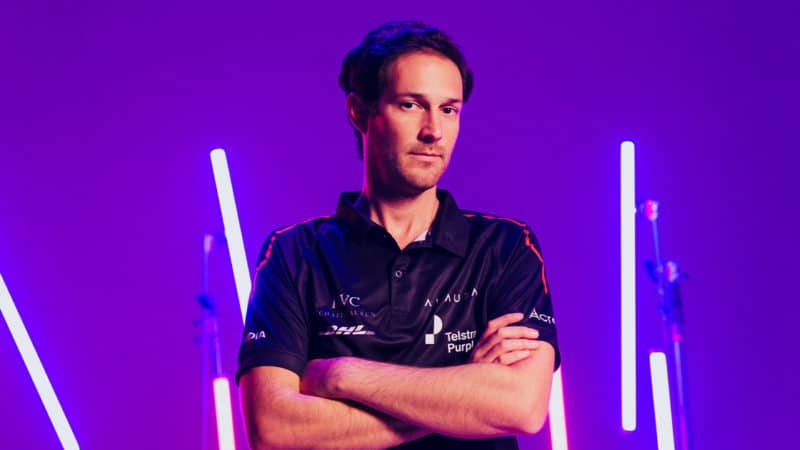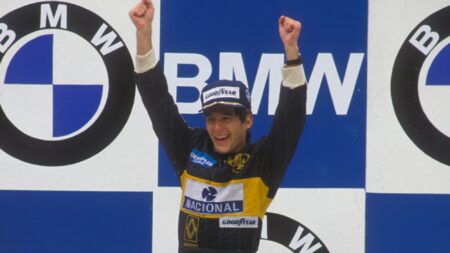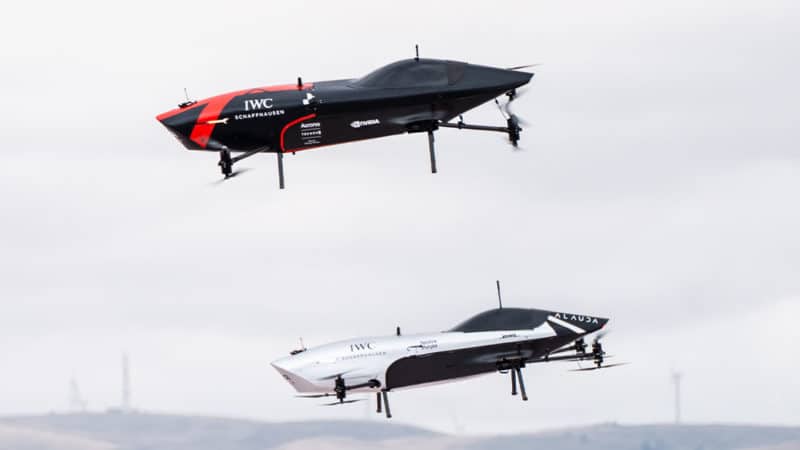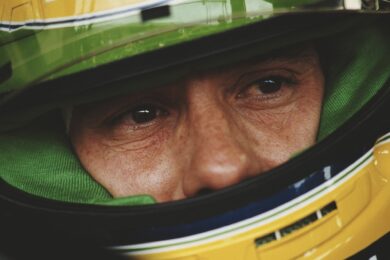“I was introduced to Steve Sidlo, Airspeeder head of media. We went for lunch to talk about it and I was like ‘Wow – what a super great opportunity!'” Senna says. “He didn’t need it to sell me – I already followed the company. Steven introduced me to their team and it went pretty quickly from there on. It’s really exciting.”
Senna had been developing his own interest in drones for some time before, and so is fully aware of all the thrills but also teething troubles of flying such aircraft.
“I’ve flown drones First Person View (FPV) drones since 2014, so it’s it’s a great passion of mine” he explains. “I obviously love racing too, so Airspeeder is the amalgamation of both.
“In the beginning, I was on YouTube and saw this video of some people flying FPV drones in a forest, with these LEDs on the back of the drones. They were pretty slow and they were pretty terrible to fly – but it looked just like Star Wars. I was like: ‘Oh my god I need to do this.'”
Senna soon set to work creating his very own drone, before realising it wasn’t that easy.
“I started researching and building my own drones and trust me, it was quite hard to find carbon fibre frames to make the from that were actually strong, so every crash was was a big rebuild,” he says.
“In the beginning, there was also no way around a crash when you were flying in proximity [to other aircraft]. Nowadays, these things flying incredibly well and you have simulators to learn all the skills before you actually fly the real thing. It’s a very, very fun thing when you have the FPV goggles on. It does feel like you’re on board, so you get massive adrenaline from flying mountains or flying in the forest. It’s a real thrill.”
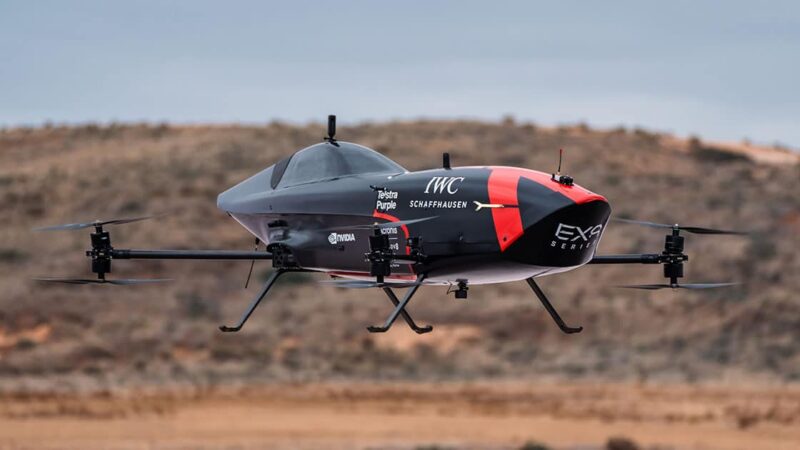
The ‘octocopter’ is propelled by eight rotating blades, powered by a 400kW battery
Airspeeder
Airspeeder has had its shares of ups and downs as it has developed the technology, including a high-profile crash during a demonstration at Goodwood in 2019. An Air Accident Investigation Branch report was highly critical of the design and safety of the prototype craft.
